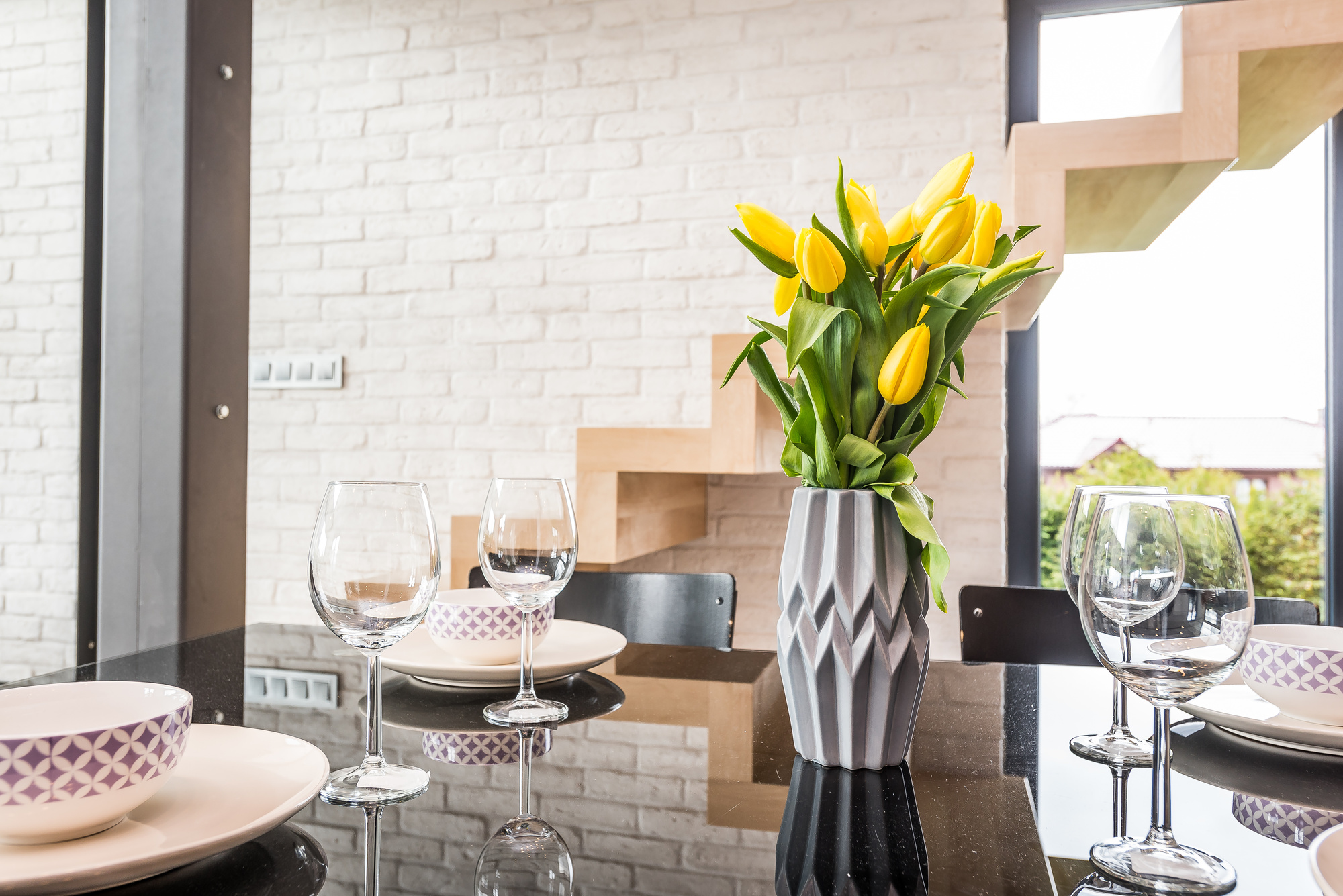Custom staging in a model home can greatly increase buyer interest. This results in both a quicker sale and a higher sale price.
Model homes play a key role in selling lots and houses in a new subdivision that is still in the development stage. An empty house can feel sterile and unwelcoming though – the opposite of what we want prospective buyers to feel. This is where staging a model home comes into the equation.
Professional staging can be expensive, so why not try it out yourself? Channel your inner-designer and have some fun! Our interior design guide on how to stage a model home is here to help you get started.
What Is Model Home Staging?
For anyone out there who is unfamiliar with the term ‘staging’, we are referring to the process of furnishing and decorating a home to showcase its maximum potential.
For a model home, it helps prospective buyers to visualize exactly how the rooms can be utilized. Staging a model home also highlights the craftsmanship and any special features/upgrades.
Model home décor should evoke a feeling of being ‘home’ while simultaneously presenting the excitement of a fresh canvas.
Here are a few of our top model home staging tips and pointers to strike the perfect balance for staging a model home:
Make the First Impression Count
Emotions play a huge role in purchasing decisions, so be sure to start off on the right foot.
Spruce up the exterior to make it inviting. A nicely manicured lawn and a few shrubs and flowers are a good start. Add some outdoor seating to the front porch and if it’s in the budget, what says ‘home’ more than a white picket fence?
Attract But Not Distract
Model home interiors should be appealing, but not overwhelming.
Avoid the starkness of white walls throughout, but choose a neutral color palate. Gray tones are popular right now, and beiges are a timeless classic that works well with everything. Pops of color can be tastefully incorporated in things like throw pillows and artwork.
In addition to standard furnishings, choose a few key spaces to ‘set the scene’ (but not in every room). A dining room table with full place settings is one example.
Finally, fresh flowers are always a timeless touch.
A Purpose for Every Space
Small or unenclosed rooms can be especially confusing to potential buyers. Remove any ambiguity by staging them strategically.
Buyers need a vision – set up a home-office, breakfast nook, or cozy library in such spaces.
Know Your Demographic
When choosing model home furniture and décor, keep in mind who it is being staged for. Who is the target demographic? What is the average age and income level of the neighborhood? Is it a city or suburban setting?
Young families in the suburbs have considerably different needs than a single cosmopolitan professional. While casual and comfortable furnishings may suit one market, formal or luxurious may suit another.
Read more here for some great examples of model home staging done right in real-life home listings.
Ready, Set, Stage!
Armed with a new set of interior design tips and tricks, it’s time now to put them into practice. We hope all the new realtors out there can have some fun with model home staging while boosting sales and profit.
Did you find our guide on how to stage model homes useful? Stay tuned to our blog for more a steady supply of content like this!

